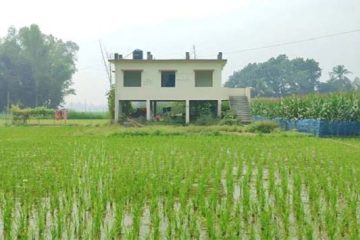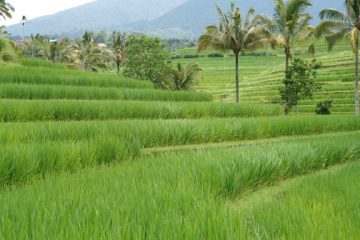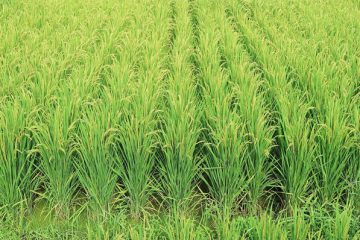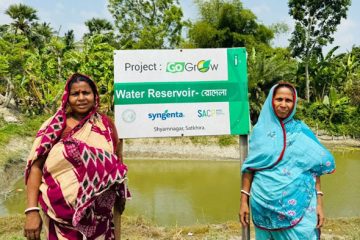A.T.M.Nurun Nabi
The fixing of rice price depends upon many factors. Among them, the easy availability of agricultural inputs including fertilisers, their cost, fair distribution, and borrowing of loans by the marginal and sharecroppers from NGOs, money lenders and banks are to be accounted for as well. It has been observed that the price of rice shows an upward trend after Eid-ul-Azha although it should not have been. Most of the people are not concerned with the availability of agri-inputs and their costs, they want commodity price within their purchasing capacity. When price rises as happened during the years from 2001 and 2006, their real wage decreased. It should be remembered that real wage always differs from money wage. If the price of essential commodities comes down, his real wage increases and vice versa.
At present, the coarse rice sells at taka 32 to 35 while the fine quality of rice at taka 40 to 44. Seven years ago, the average price of the coarse rice was taka 18 and that of fine quality of rice taka 22 only. In last two years, the price of rice rose abnormally, putting the buyers in bewilderment. Following incredible price hike of rice, the real wage of most of the government employees deceased and they had to cut expenditure from other items to meet the surplus expenditure in rice.
The real causes of price hike of rice are the abnormal price ramble of fertilisers. The country needs 28.50 lakh metric tonnes of urea of which 15.50 lakh metric tonnes for taka 8,800 crore are imported, five lakh metric tonnes of TSP and four lakh metric tonnes of MoP. It is notable to mention there is no factory in the country to produce TSP and MoP. The present price of urea is taka 600 per sack of 50 kilos, of TSP is taka 3,500 and of MoP is taka 2,500 only. If the government wants to reduce rice price, the following measures are to be taken:
Firstly, fertliser price must be decreased or subsidy thereon should be increased from taka 4,285 crore. Secondly, reaching of diesel subsidy to farmers must be ensured, thirdly, regular supply of electricity in farming land is to be ensured, and fourthly, intervention of middlemen must be ejected.
The production cost of one kilo rice is taka 20 and the import value is taka 30 only. In such situation it is not possible to bring the rice price below the present one. Rice is rioted through five hands before reaching buyers. Farmers in most cases cannot sell price direct to buyers. A farmer sells to a middleman who sells to a mill owner from whom the middleman receives and sells wholesaler who finally passes to retailer. It is said that a farmer earns 20 percent profit only. From that point the primary sale price will be taka 25 only and as such the lowest price of coarse rice cannot be below taka 32 under any circumstances considering the cost of fertilisers, irrigation and other elements. And as for fine quality, it is possible to reduce by taka five at least.
Courtesy: thebangladeshtoday.com






